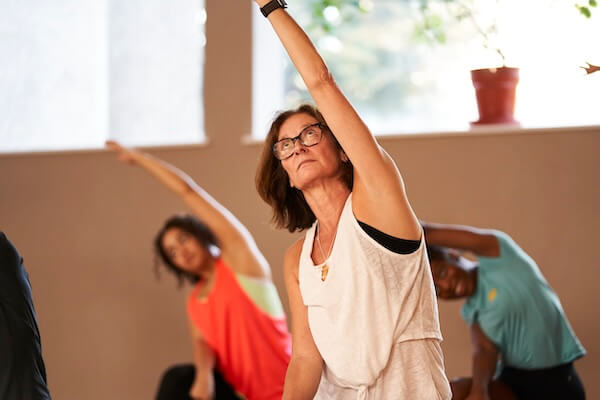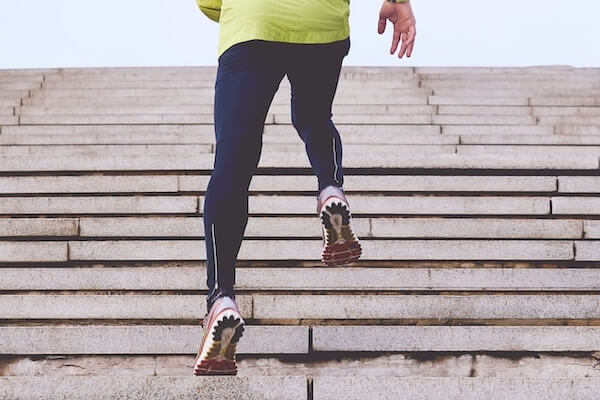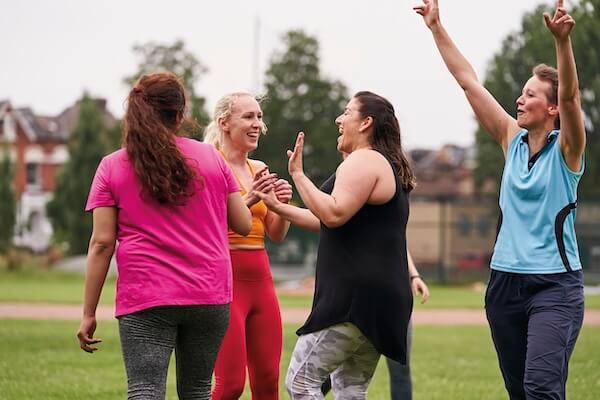
Cycling is a popular way to get exercise. With the right safety gear, it can be a safe and fun activity for all ages. But not everyone knows how to stay safe while cycling. There are some simple things you can do to help reduce your risk of injury. Whether you're an experienced cyclist or just starting out, here are 10 tips on how to avoid injury when cycling that will keep you enjoying the ride.
Wear Your HelmetIt's not just for kids. In fact, the more you ride the more important your helmet is. It's a simple way to avoid head injuries and brain damage. Wear it every time you get on your bike.
Check your bikeMake sure that your bike is in good working order: If your bike isn't in good condition, it can lead to injuries like flat tires or mechanical malfunctions. Make sure that your brakes work, the tires are inflated correctly, and the chain isn't too tight or too loose.
Keep Your DistanceWhen cycling, it's important to stay far enough away from other people so you can see around them. This means that when possible you should maintain at least one meter of distance when passing someone.
Avoid Dangerous RoadsOne of the most common causes of injury for bike riders is riding on dangerous roads. If you're cycling, then you want to avoid roads that are not well-lit or that have a lot of traffic. The more safety you're exposed to, the less likely it will be for an accident to occur.
Stay VigilantRoad hazards are the number one cause of cycling injuries. Be vigilant of any objects, including but not limited to debris, potholes, sand traps, and gravel that could pop up on your path. Remain cautious when crossing intersections or changing lanes.
Communicate with Other CyclistsCycling is a fun way to stay active and enjoy the outdoors. But it can also be dangerous if you're not careful. One of the most common causes of cycling accidents is bike-to-bike collisions. It's important to always be on the lookout for other cyclists, especially if you're riding on a busy road or trail. If possible, try to make your presence known on the road by wearing something bright and reflective, like a vest or arm band. This will help drivers see you and avoid hitting you from behind.
Be Sensible about BrakingIt's important to use caution when braking. If you brake quickly, you can't stop as quickly or easily, which can lead to a fall. One way to avoid this is by using the rear brakes in tandem with your front brakes. When you're coming to an intersection or turn, apply the brakes slowly and evenly until you come to a complete stop.
Stay Off the Cell PhoneOne of the most common causes of cycling accidents is distracted drivers. When you're on the road, your safety should be your number one priority. Make sure drivers know where you are by using hand signals and staying in designated bike lanes.
Share your story and inspire others
Got a great tip on how to avoid injury or a story on how you recovered? Join the KeepActive Facebook group or tag us on Instagram or Facebook to share your tips or story. There are a lot of people unsure about starting their fitness journey or meeting strangers, seeing stories and photos from other people can inspire others to take their first step.






